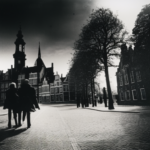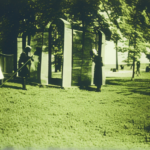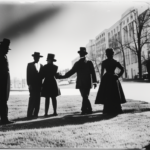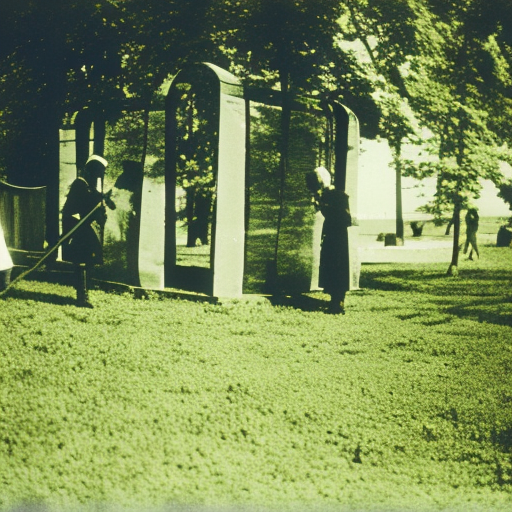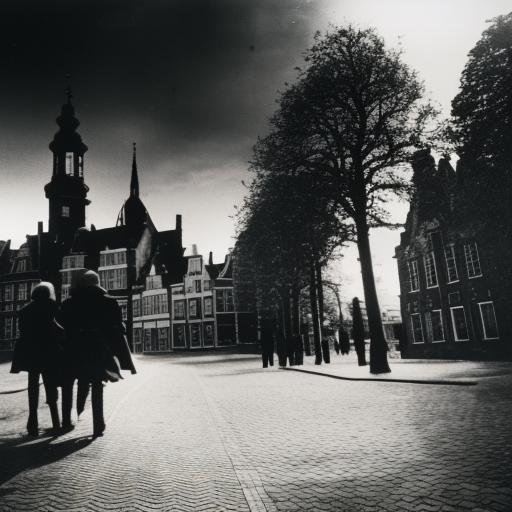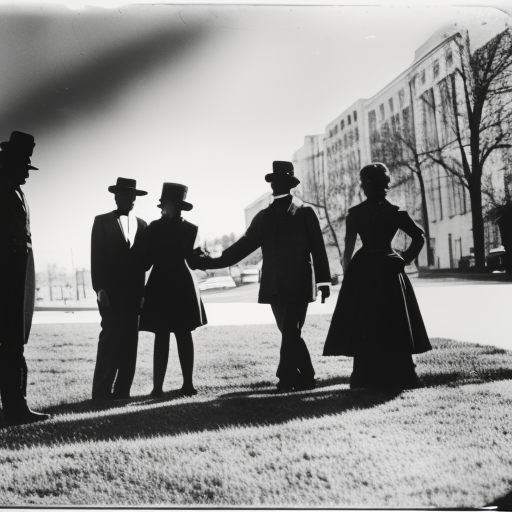The Petrine Reforms in Russia
The Petrine Reforms, also known as the Westernization or Modernization Reforms, were a series of transformative changes implemented by Peter the Great in Russia during the late 17th and early 18th centuries. These reforms aimed to modernize Russia and bring it in line with the more advanced Western European nations.
Background:
At the time, Russia was a vast and largely agrarian country, isolated from the rest of Europe. Peter the Great, who ruled from 1682 to 1725, recognized the need to modernize Russia’s military, economy, and society in order to strengthen the country and expand its influence.
Military Reforms:
Peter the Great recognized the importance of a strong military in securing Russia’s borders and expanding its territory. He established a standing army, modeled after the European armies, and introduced conscription to ensure a constant supply of soldiers. He also reorganized the military structure, introduced new weapons and tactics, and established a navy to compete with the maritime powers of Europe.
Economic Reforms:
Peter the Great implemented several economic reforms to stimulate trade and industry in Russia. He encouraged the growth of manufacturing by establishing state-owned factories and inviting foreign experts to train Russian workers. He also implemented mercantilist policies, such as high tariffs on imported goods and subsidies for domestic industries, to protect and promote Russian businesses.
Social Reforms:
Peter the Great introduced a range of social reforms aimed at modernizing Russian society. He implemented a dress code that required nobles to adopt Western-style clothing, shaving their beards and cutting their traditional long robes. He also established the Table of Ranks, a system that allowed individuals to rise in society based on merit rather than birthright.
Educational Reforms:
Recognizing the importance of education in modernizing a society, Peter the Great established the first Russian state-run schools and universities. He invited foreign scholars and experts to teach in these institutions and encouraged the study of science, mathematics, and engineering. These reforms laid the foundation for the development of a more educated and skilled workforce in Russia.
Religious Reforms:
Peter the Great sought to bring the Russian Orthodox Church under state control and reduce its influence on political affairs. He established the Holy Synod, a governing body for the church, which was directly controlled by the state. This allowed Peter to exert greater control over the church and align its interests with those of the state.
Legacy:
The Petrine Reforms had a profound and lasting impact on Russia. They transformed Russia from a backward and isolated country into a major European power. The reforms laid the groundwork for Russia’s future industrialization and modernization efforts. They also paved the way for the reign of Catherine the Great, who built upon Peter’s reforms and further expanded Russia’s influence.
In conclusion, the Petrine Reforms implemented by Peter the Great in Russia during the late 17th and early 18th centuries were a series of transformative changes aimed at modernizing the country. These reforms encompassed various aspects of society, including the military, economy, society, education, and religion. The reforms had a lasting impact on Russia, laying the foundation for its future development as a major European power.

